Shingles vs. tiles: Which roofing material reigns supreme?
April 8, 2025 at 12:00 p.m.By Brava Roof Tile.
The roofing debate that could impact your home’s longevity and style.
A home’s roof does more than just shield it from the elements — it defines its character, enhances curb appeal and plays a crucial role in energy efficiency. When it comes to choosing between tile and shingle roofing, homeowners are faced with a decision that affects not only aesthetics but also durability, maintenance and cost. While asphalt shingles dominate American neighborhoods, tile roofs have long been the gold standard in many parts of the world, standing strong for centuries. So, which option is right for your home? Brava Roof Tile breaks down the key differences and finds out which roofing material stands the test of time.
What is tile roofing?
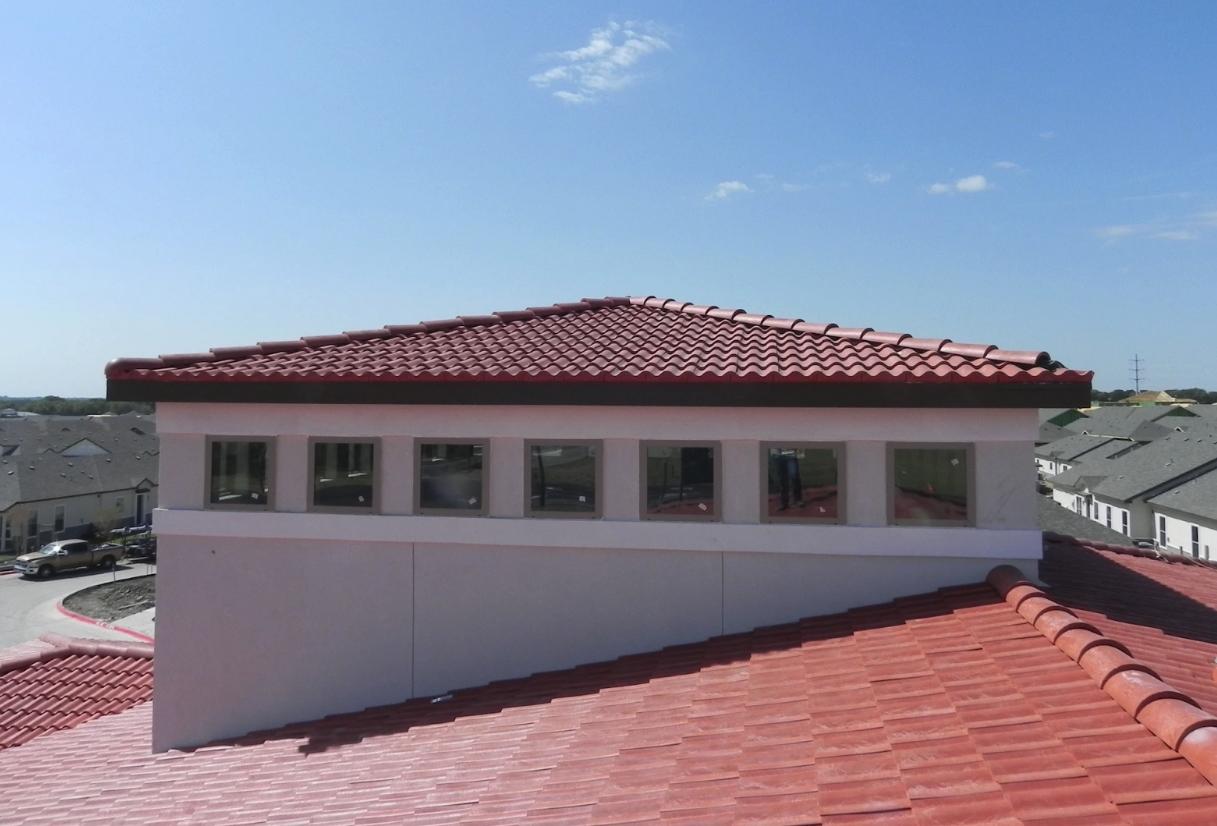
Tile roofing has been around for centuries. And while many of these areas are known for their clay terracotta tiles, slate tiles are also popular.
In the United States, terracotta tiles are commonly found in Mediterranean-influenced areas, including California, Arizona, Florida and New Mexico.
Slate is more common along the East Coast but can still be found in other parts of the country. Tiles can be flat, while terracotta tiles come in other shapes — including the popular "barrel" shape.
Advantages of tile roofing
- Longevity: When comparing a tile roof vs. a shingle roof, tile roofs win in longevity, lasting 100 years or more.
- Energy-efficient: Tile roofs are self-insulating, which can save you money on utility bills.
- Durable: Tile roofing is fire and water-resistant and can withstand the elements.
Disadvantages of tile roofing
- Expensive: Tile roofs are expensive and can cost between $2 to $10 a square foot.
- Weight: Tile roofs are incredibly heavy and require additional structural support, which adds to installation costs.
- Not suitable for all roofs: Because of how heavy they are, tile roofing isn't suitable for all roof pitches. Roofs are best suited for low-pitched roofs, which will support the tile weight better.
What is shingle roofing?
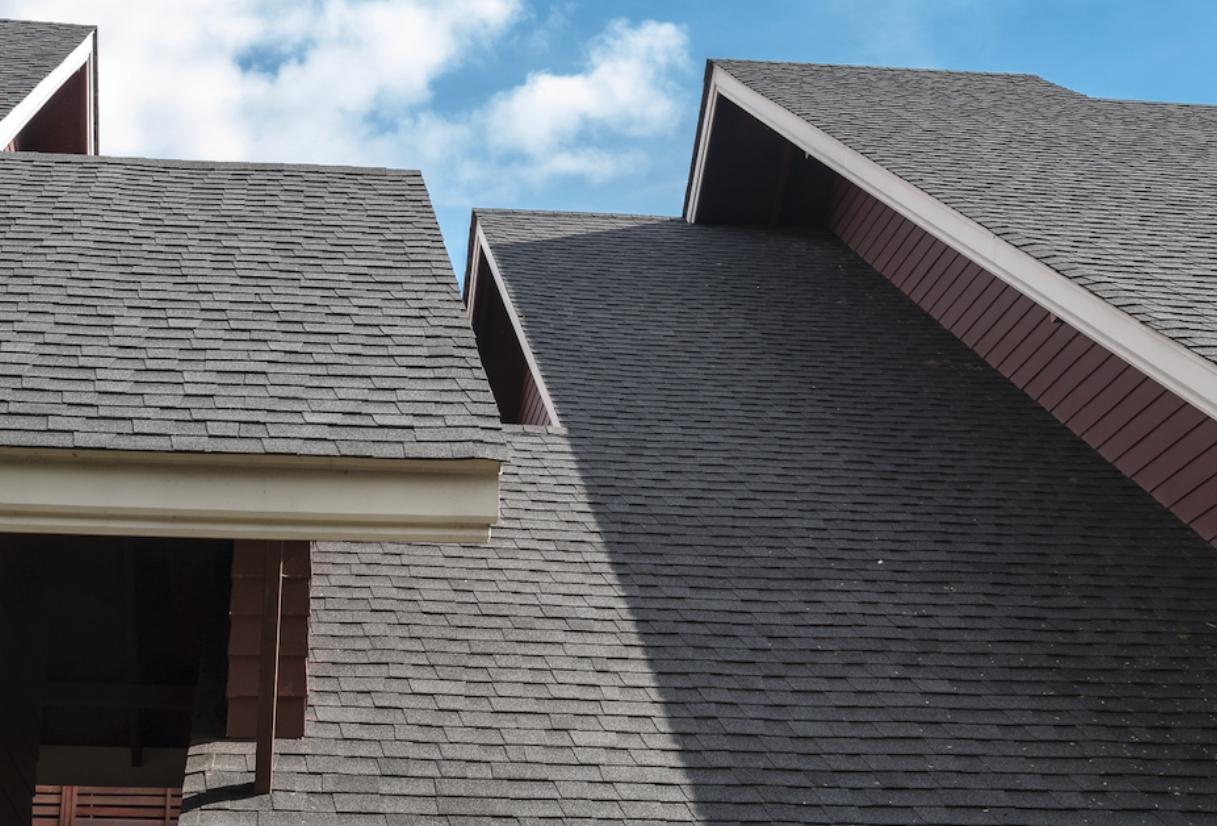
Shingles roofs are roofs made up of overlapping, flat, rectangular pieces of material.
The most common types are asphalt shingles, which are made of several layers and include a base mat of either fiberglass or cellulose, an asphalt coating and a top layer of mineral granules.
The market has two main types of asphalt shingles: the basic three-tab and the higher-quality architectural shingles—with the architectural shingles being more expensive.
Nevertheless, shingle roofs offer several advantages in terms of whether of the shingle roof vs. a tile roof debate. Let's take a look:
Advantages of shingle roofs
- Affordability: Shingle roofing is significantly more affordable than tile roofing, with asphalt shingles costing around $1.50 to $5.50 per square foot.
- Lightweight: Shingles are lightweight, so there are no concerns about the roof's load-bearing capacity.
- Easy to install: Shingles are lightweight, making them easier to install.
- Easy to repair and replace: If a shingle gets torn off or damaged, you won't have any issue replacing it and won't have to worry about damaging the surrounding shingles.
Disadvantages of shingle roofs
- Limited design options: Shingles don't offer many styles and textures, so you won't be able to get a unique look.
- Not energy-efficient: Shingles are not the most energy-efficient option and won't save you much in utilities.
- Shorter lifespan: Shingles have a shorter lifespan, with 3-tab shingles having a lifespan of around 15 to 20 years. If they are constantly exposed to winds and extreme weather, that can also shorten their lifespan.
- Less durable: Shingles are not very wind resistant and can lift and even tear when exposed to strong winds.
Color options for roofing shingles vs. tile roofing
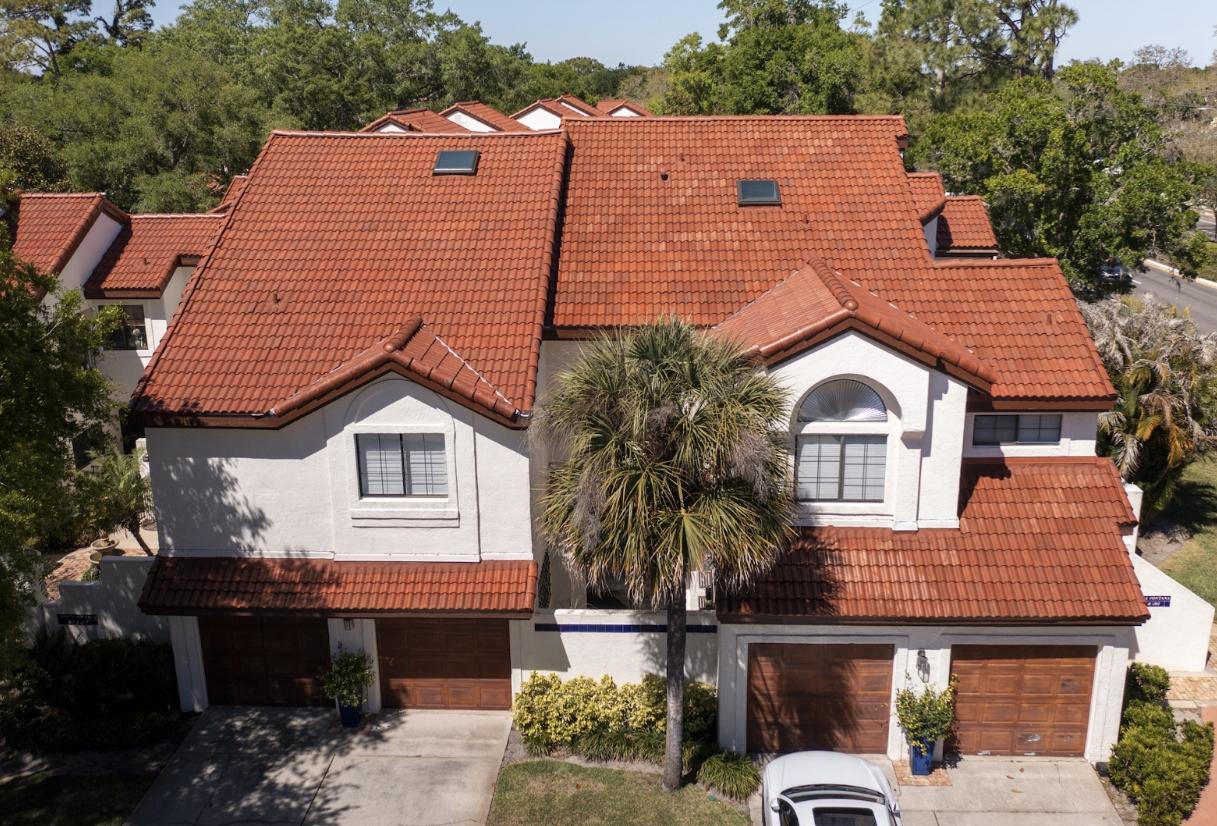
When comparing tile roof vs. shingle roof color options, both offer a fair variety.
Tile roofs color options
You often see tile roofs have color options like terracotta, earth browns and tans with clay. But you can also find gray, black, white and even vibrant colors like green.
Shingle roof color options
Shingles roof colors, however, are mostly black, gray and brown — though it is possible they come in blues, greens and reds.
Shingle roof vs. tile roof installation techniques
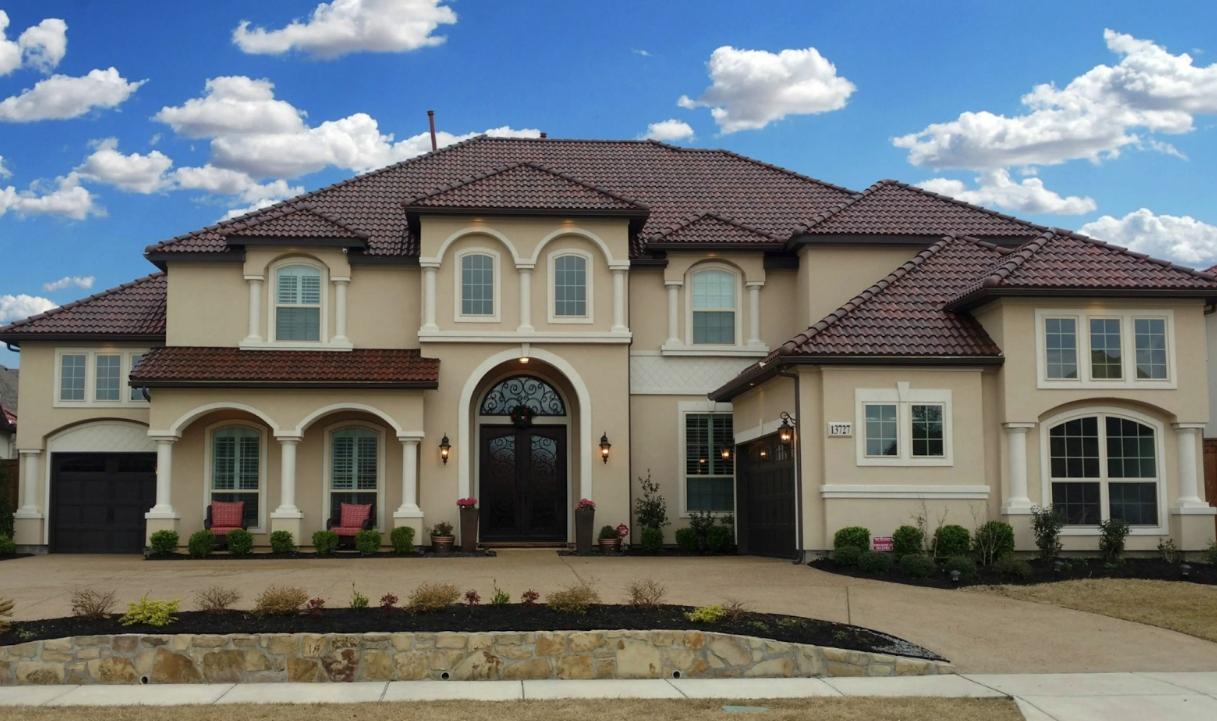
Installation techniques and timelines is where the conversation between shingle roof vs. tile roofs gets much different.
Shingle roof installation
The timeline for a new shingle roof can be anywhere from a few days to a few weeks — depending on various factors. Not to mention, installing new shingle roofs is a multi-step process that involves preparing the roof, repairing any damage and installing a felt underlayment before installing the new shingles.
Overall, the shingle roof installation is much more straightforward.
Tile roof installation
On the other hand, tile roofs require a specialized installer.
First, the roof's structure must be inspected to determine if it can even support the heavy weight of a tile roof.
Then installation can begin, and the process goes much slower as more work and technique are involved — especially with interlocking tiles or the traditional S-shaped tiles that need to be cemented into place.
Maintenance requirements for tile vs. shingle roof
While tile roofing requires hardly any maintenance, performing some can go a long way.
You will want to clean mold, mildew and other stains quickly from your roof. If you do not feel comfortable, all your work is best left to a tile roof professional, who will know how to perform the tasks best.
However, there isn't much difference in maintenance requirements between roof tiles vs. shingles.
Shingle roofs, like tile roofs, require minimal maintenance. You want to clear away debris to prevent shingle damage and replace missing or damaged shingles as soon as you notice the issues. While you can do all of this yourself, hiring a professional is ideal as they can safely and effectively perform these maintenance tasks without injury to themselves or the roof.
Regardless of whether you have roof tiles or shingles, regular roof inspections are essential to the maintenance and longevity of your roof. These inspections can spot issues you may miss, including leaks or cracked tiles and ensure they are repaired before they become serious.
Exploring a better choice: Synthetic roof tiles
When you consider all of this, determining which is better between shingle vs. tile roof comes down to the buyer — and what they like best and can afford.
However, a better option that surpasses both these materials in quality and matches tiles in style is synthetic (or composite) roofing tiles.
Synthetic roofing tiles are made from recycled materials. And they’re made by having these materials compressed together and, then, molded into various styles, such as cedar shakes, slate and clay tiles.
When comparing them to roof shingles vs. tiles, composite roofing tiles come ahead in every way — from ease of installation to durability.
The Brava Roof Tile options
Brava is one of the top manufacturers of composite tiles offering:
Cedar shakes
The Brava cedar shake is molded from real hand-split cedar shakes; each tile has variations and differences, which add to the authentic look. The tiles come in 14 color varieties.
Old world slate
Brava's slate mimics the look of natural quarried slate, coming in 12" standard widths and 6", 9" and 12" multi-width sizes. Old World Slate is available in 12 color options.
Spanish barrel tile
The Brava Spanish barrel tile replicates the look of traditional clay or concrete barrel tiles, with 17 color options.
What puts Brava ahead in the tile vs. shingle roof debate?
Here are all the noteworthy benefits you should know:
- Brava tiles are made from 100% recycled plastics and other sustainable materials, which takes waste out of landfills. They are also sustainable and eco-friendly and can be recycled again at the end of their lifecycle.
- They are extremely durable, with Class A fire ratings, Class 4 impact ratings and wind resistance of up to 211 MPH — depending on your installation method.
- If the available color options aren't to your liking, custom color matching is available for a more unique-to-you option.
- While not as lightweight as asphalt shingles, Brava tiles weigh significantly less, eliminating roof weight-bearing concerns and making installation easy.
- Tiles are energy-efficient, offering insulating properties that will help with noise reduction and lower heating and cooling costs.
- Brava tiles are virtually maintenance-free, only requiring an occasional cleaning.
- You don't have to worry about mold, rot, algae or other moisture-related issues.
- They come with a 50 Year-Limited Warranty
- The Cedar Shake and Spanish Barrel Tile styles offer two "cool roof" options each, perfect for hot, sunny climates.
Build your tile roof with Brava
In short, don't limit yourself to choosing between tile vs. shingle roofs. Although both have their good qualities, Brava offers more quality and durability in a beautiful, lightweight form.
In fact, many people have found the benefits of synthetic roofing and have turned to Brava to protect their homes while increasing their home's beauty.
Original article and photo source: Brava Roof Tile
Learn more about Brava Roof Tile in their Coffee Shop directory or visit www.bravarooftile.com.

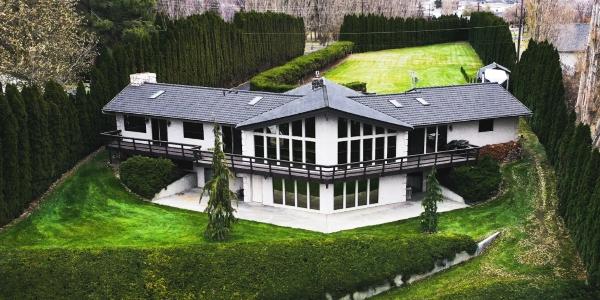
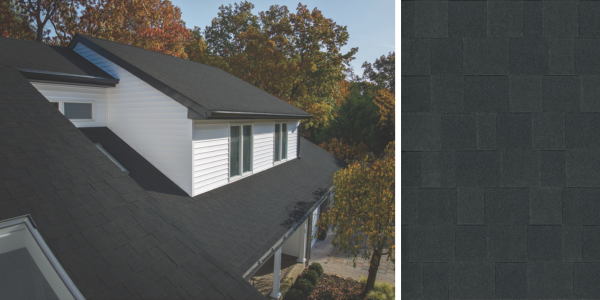




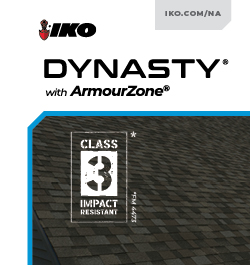
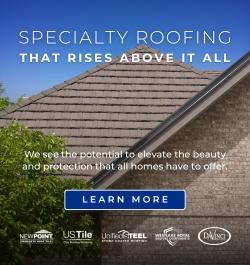

Comments
Leave a Reply
Have an account? Login to leave a comment!
Sign In